Products Description
Fake ID Sina changes society: New roles beyond traditional uses
In the early days, the main purpose of fake ID cards in Texas was to allow minors to illegally purchase alcohol, enter adult entertainment venues such as nightclubs and casinos, or bypass age restrictions in various social occasions. This was especially common among teenagers and college students who wanted to participate in activities that were usually only open to people over 21, such as drinking or gambling.


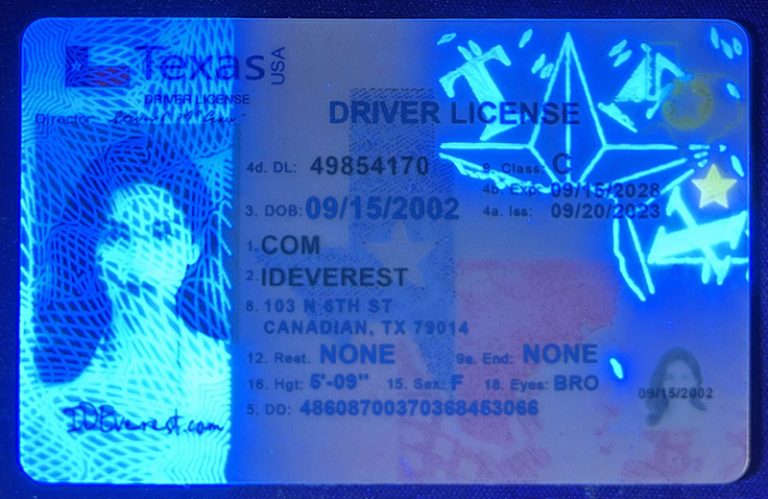

The initial use of fake ID cards emerged with the establishment of legal drinking ages and age-restricted venues. As alcohol laws in the United States became more stringent, especially after the National Minimum Drinking Age Act of 1984 required all states to set the legal drinking age at 21, the demand for fake ID cards increased. Young people found ways to circumvent these legal restrictions, giving rise to a market for counterfeit ID documents.
Early Pennsylvania fake ID cards were generally of poor quality and relied on simple counterfeiting techniques. This included basic modifications, such as replacing photos on existing cards or manipulating details using crude tools. These counterfeit cards were usually made using desktop software, basic printers, and laminators, and the resulting documents were not particularly convincing. Counterfeit cards often use low-quality materials, such as laminated paper, which can be identified by an experienced bartender, bouncer, or law enforcement officer by looking for mismatched fonts, incorrect holograms, or inaccurate card textures.
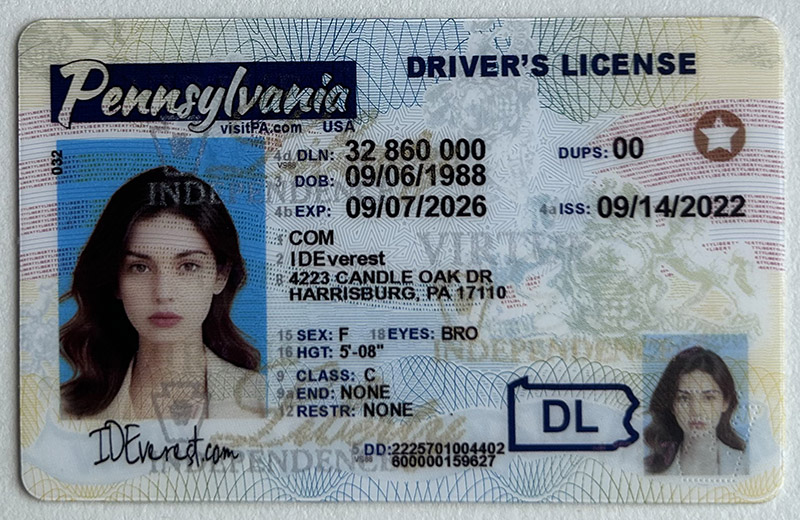


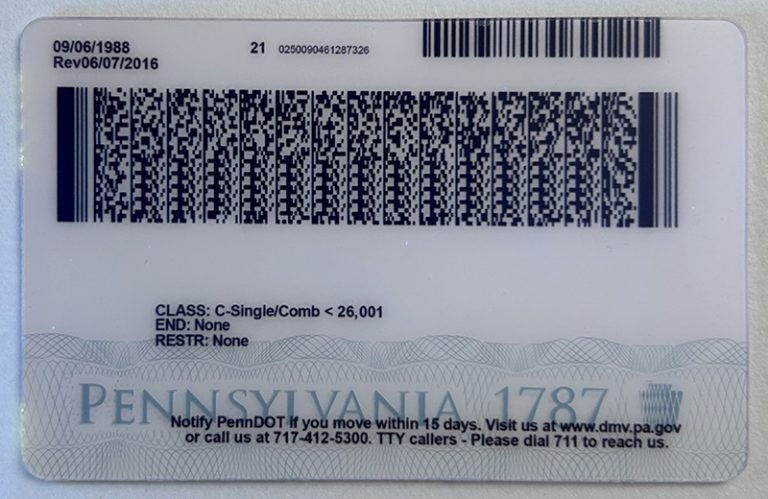
Technological advances eventually led to more sophisticated fake ID production techniques, such as using high-quality printing equipment and replicating security features such as barcodes, magnetic stripes, and holograms. However, in the early stages, fake IDs were often associated with social rebellion and youth culture, especially in college towns and urban areas where nightlife was a large part of social life. As a result, fake IDs in California began as a relatively underground and niche phenomenon, driven primarily by the social desire to participate in adult activities while underage.
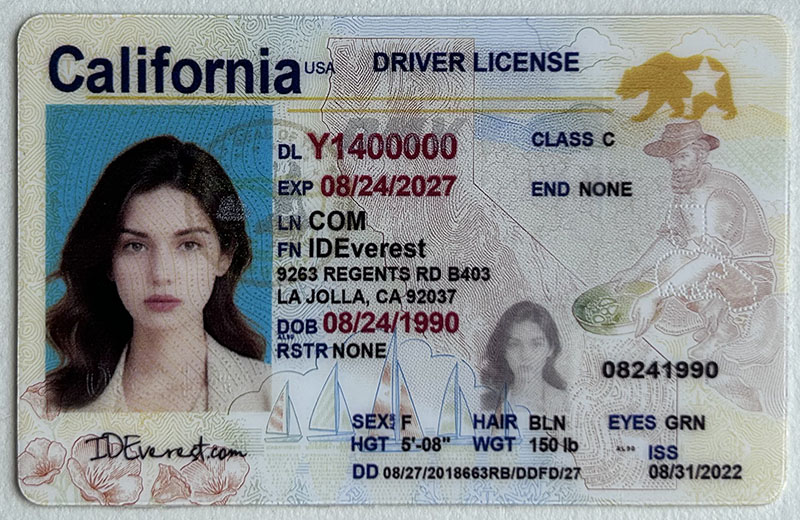
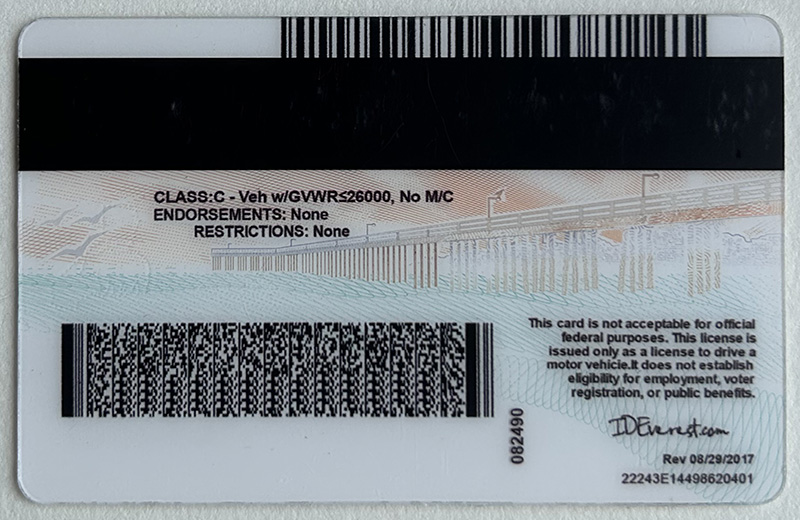
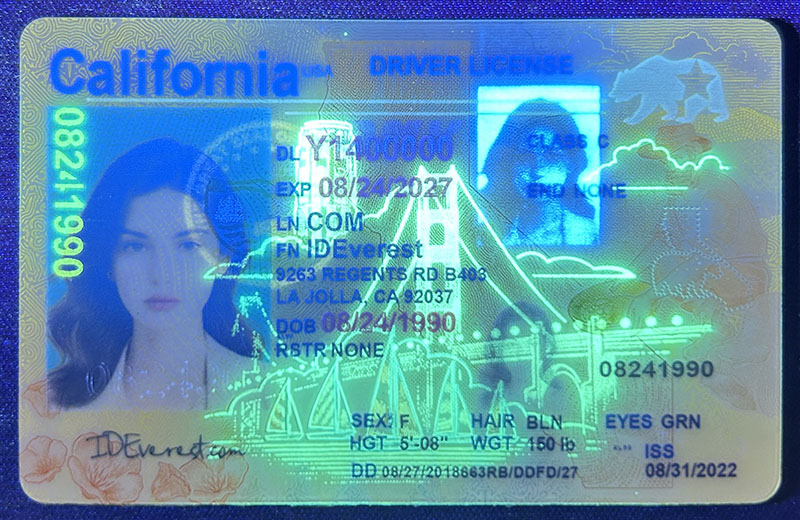
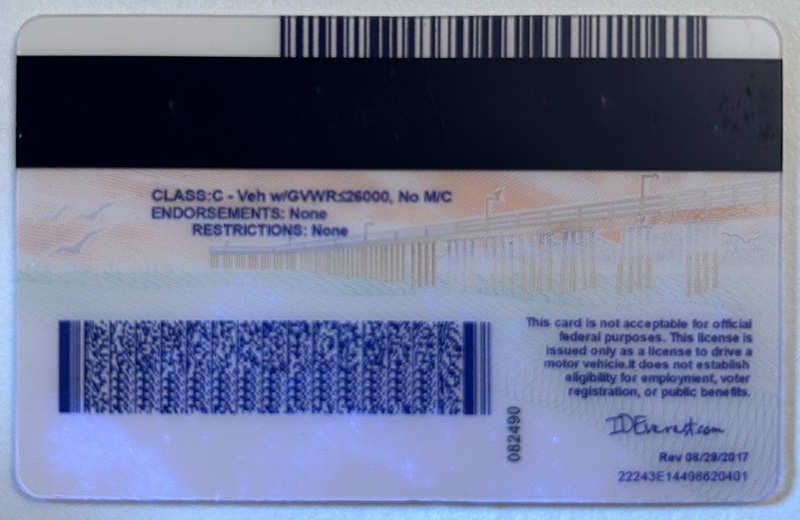
As social institutions and technology have continued to evolve, the application and use of fake IDs have expanded and transformed in various ways. Here is a detailed introduction to these changes and modern usage scenarios:
The Impact of Evolving Social Institutions on Fake ID Use in Ohio
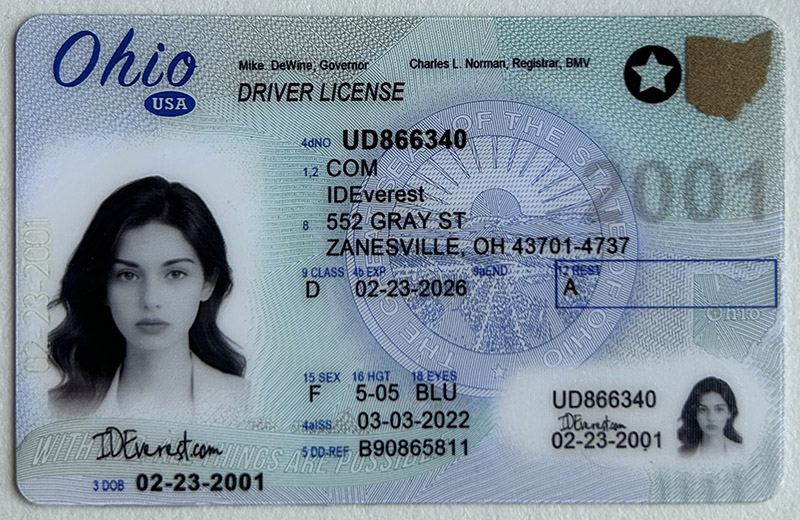
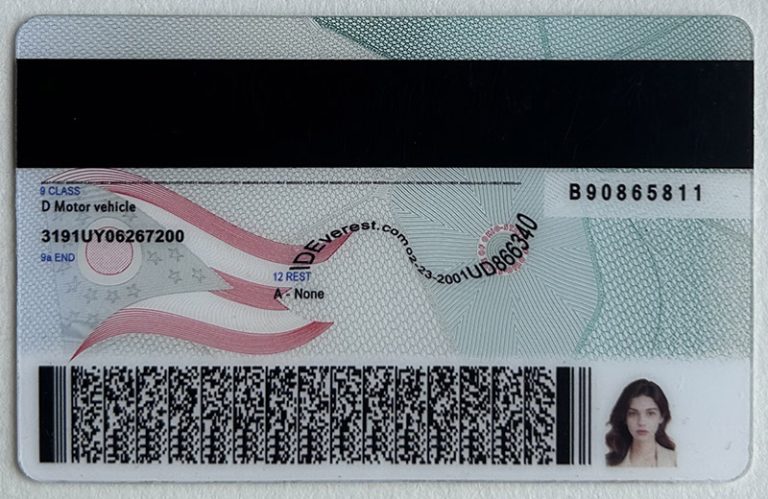
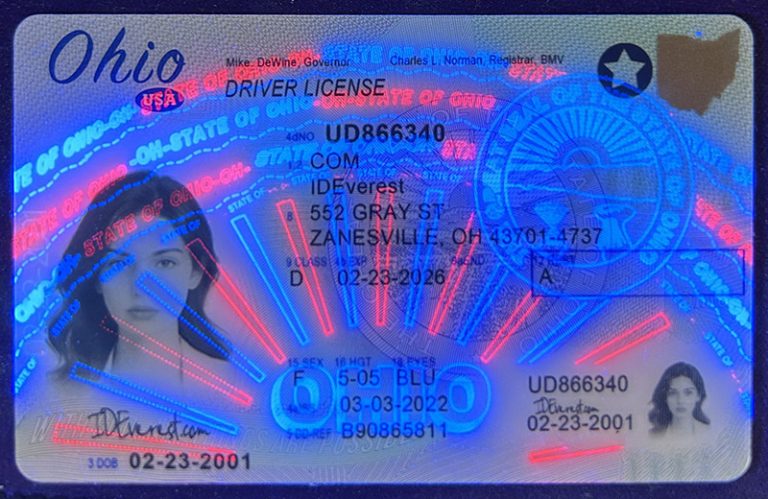
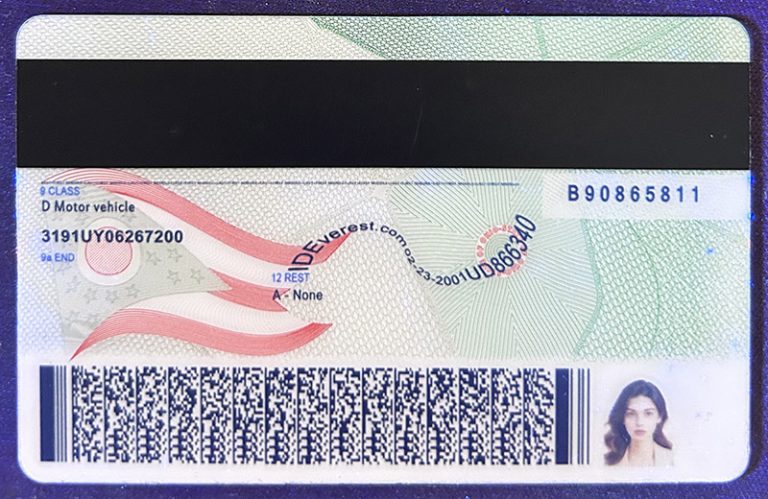
The traditional use of fake IDs has been limited as governments and agencies have implemented stricter identity verification requirements and used more advanced technologies such as biometrics and digital ID systems. These advances have made it more challenging to create convincing fake IDs that can bypass complex verification methods. However, the demand for fake IDs has not disappeared; rather, it has shifted to specific demographics and situations.
Use in the Immigrant and Informal Economy
Fake IDs continue to have significance in immigrant communities, especially for those who face challenges obtaining legal status or work permits. For individuals without legal status or awaiting identity verification, fake IDs can help obtain temporary employment, rent housing, or open a bank account. In informal economic settings, they may enable undocumented workers to participate in the labor market. The use of fake IDs is particularly important in communities where these welfare systems have not fully integrated immigrant populations, making daily life and access to resources challenging.
Access to Health and Social Services
In emergencies, fake IDs may be used to access emergency medical services or apply for social welfare programs such as housing and food assistance. This is particularly important for populations that have difficulty providing official identification, such as the homeless or undocumented immigrants. Although it is illegal to use fake IDs for these purposes, some may use them as a last resort when they have no other options.
Technology Drives Advances in Fake ID Manufacturing
Technological advances have also impacted the production of fake IDs. Modern vendors are using high-quality printing techniques and incorporating anti-counterfeiting measures such as holographic images and encoded magnetic stripes. This allows fake IDs to more convincingly mimic the look and functionality of legitimate IDs. For example, barcodes and magnetic stripes are programmed to pass basic scanning checks in some venues, such as nightclubs and retail stores, increasing the functionality and deceptiveness of IDs.
The Digital Age and the Evolution of Fake IDs
As digital ID systems and biometric verification become more common, the use of fake IDs has evolved. Today, fake IDs may not only be physical cards, but may also extend to digitally altered documents or manipulated online profiles. The rise of digital verification has prompted manufacturers to adapt, creating IDs that appear valid even under digital scrutiny.
As social welfare systems continue to improve and more social and financial activities require identity verification, the demand for fake IDs may evolve in the following ways:
Fake IDs as Emergency Identity Replacements
Despite improvements in social welfare systems, people may still use fake IDs as an "emergency identity" in some cases. When official identification is not quickly available, fake IDs may be used to meet emergency needs, such as access to temporary housing, medical assistance, or short-term employment. This reflects a potential shift in the way fake IDs are used - not only for illegal activities, but also as a tool to plug loopholes in bureaucratic procedures, especially in emergency or marginalized situations.
Challenges posed by digital identity and biometric technologies
As blockchain, digital identity systems, and biometric verification become more common, traditional fake ID use may face significant obstacles. These technologies provide safer and more reliable forms of identity verification, making it more difficult for traditional fake IDs to be deemed legitimate. For example, a digital ID verified on a blockchain network can provide an immutable proof of identity that will fail in some cases with a simple physical fake ID. Therefore, if fake IDs are to continue to work, they may need to employ advanced techniques such as digitally manipulated documents, deep fakes, or even attempts to exploit vulnerabilities in biometric systems.
Tags:
You like
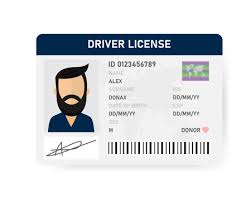
fake ID features

security features

What should ISS be on a fake I

Utah driver's license

